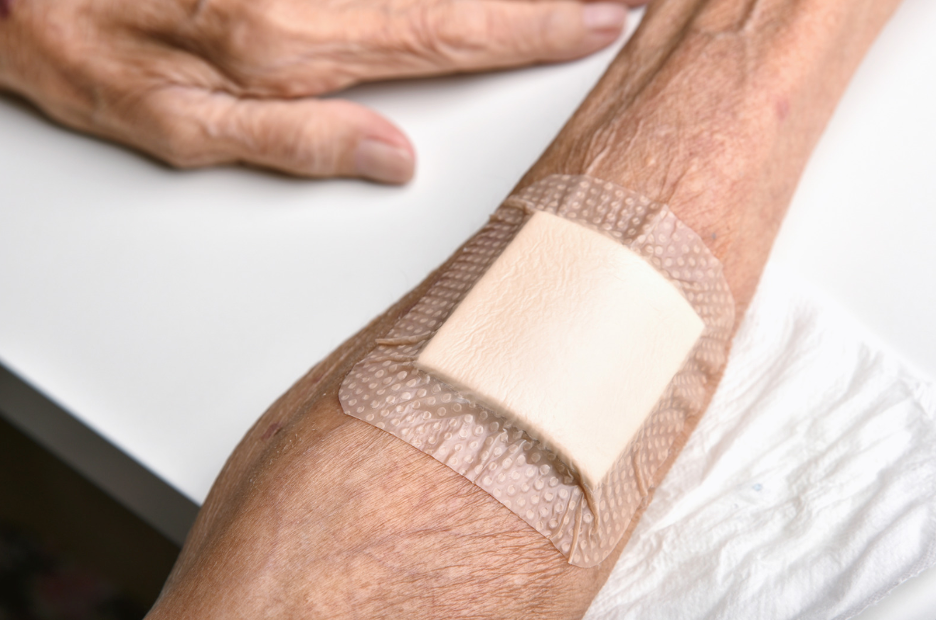& Operated

How to Keep Wounds Clean and Dry No Matter Where You Are
Whether you’re hiking the Appalachians, working in extreme weather, or simply want peace of mind during your daily shower, waterproof bandages are a must-have tool for any serious first aid kit. These bandages go beyond basic wound care by delivering rugged, water-resistant protection that keeps injuries clean, sealed, and healing—no matter your environment.
What Are Waterproof Bandages and Why Are They Essential?
Waterproof bandages are designed to keep water, dirt, and bacteria out of wounds. Made from durable materials like polyurethane film or silicone, these advanced dressings allow you to shower, swim, or train in wet conditions without compromising your wound's safety.
✅ Ideal for Active Lifestyles – Whether you’re trail running in Colorado, paddleboarding off the Florida coast, or camping in Oregon, waterproof bandages help your wound stay sealed and protected.
✅ Enhanced Durability – These bandages last longer than traditional options and are more resistant to peeling, rubbing, or fraying under pressure.
Types of Waterproof Bandages for Every Situation
Not all waterproof bandages are created equal. Here's a breakdown of the most common types and when to use them:
-
Transparent Film Dressings: Ultra-thin, flexible, and perfect for minor cuts, scrapes, surgical incisions, or IV sites. These dressings are breathable and allow you to monitor healing without removing the bandage.
-
Foam Dressings: Provide cushioning and absorbency, making them ideal for wounds needing moisture balance, such as pressure sores or abrasions.
-
Hydrocolloid Dressings: Best for longer-term wound management. These bandages form a gel when in contact with moisture, accelerating healing for blisters, minor burns, and ulcers.
Field-tested across terrains from Arizona deserts to Pacific Northwest rainforests, these bandages are built for real-world conditions.
How to Apply and Remove Waterproof Bandages the Right Way
Proper application ensures a secure, sterile seal that lasts:
Application Steps:
-
Clean the wound thoroughly using saline or antiseptic wipes.
-
Dry the area completely—moisture compromises adhesion.
-
Peel and apply the bandage, avoiding contact with the adhesive.
-
Press firmly around the edges to create a tight, waterproof seal.
Removal Tips:
-
Lift the corner gently and pull slowly in the direction of hair growth.
-
If adhesive resists, use warm, soapy water or a medical adhesive remover.
🩹 Pro Tip: Keep backup bandages in your go-bag or IFAK for quick changes in the field.
When to Use Waterproof Bandages
These bandages are particularly useful in environments where moisture is a factor or wounds require extra resilience:
-
Cuts, scrapes, and abrasions in humid or wet climates
-
Surgical incisions post-op to prevent moisture-related complications
-
Minor burns and blisters needing sealed healing environments
-
Water sports and wilderness settings where infection risks are higher
Stay Prepared, Stay Dry, and Stay in Control
Waterproof bandages are a cornerstone of modern tactical first aid, offering unmatched wound protection for civilians, first responders, and outdoor professionals. Knowing when and how to use them boosts your confidence and effectiveness in any environment.
Shop our mission-ready first aid kits at: www.ViTACsolutions.com
#ViTACReady #WaterproofBandages #EmergencyPreparedness #WoundCare #TacticalFirstAid #PreparedNotScared #FirstAidGear #OutdoorSafety


Leave a comment